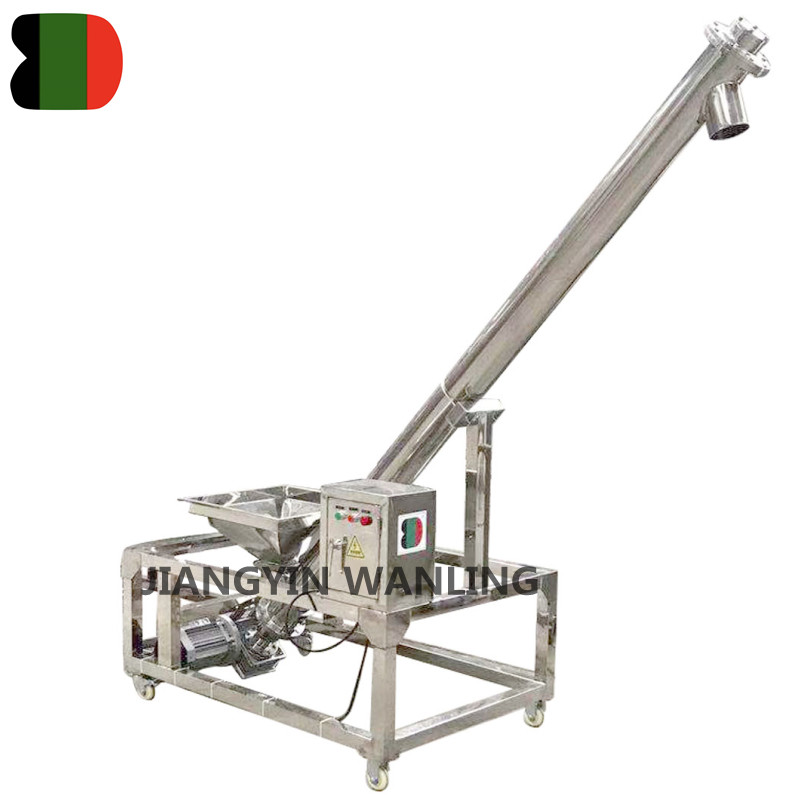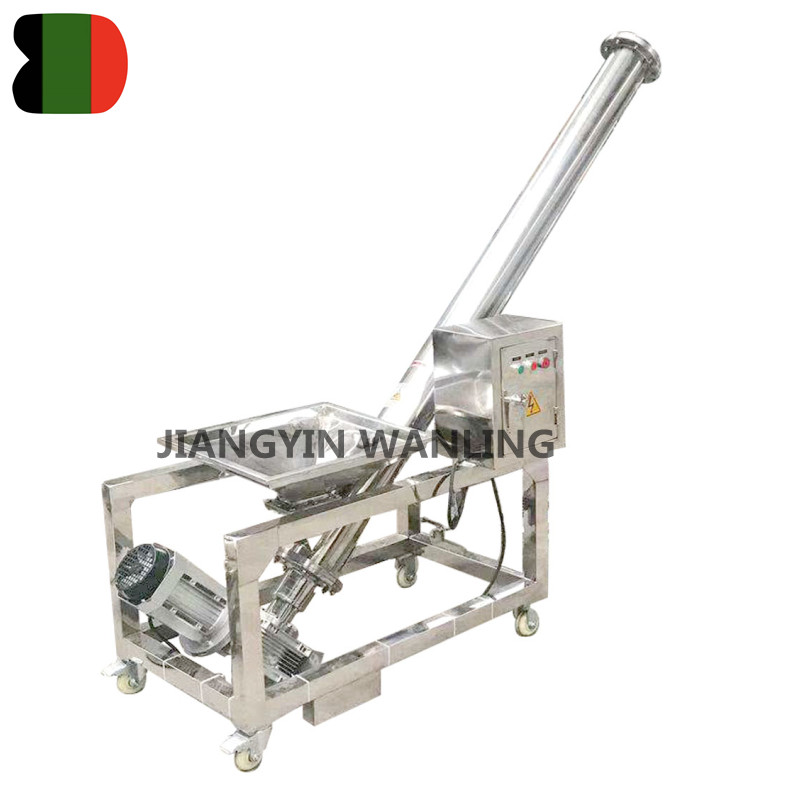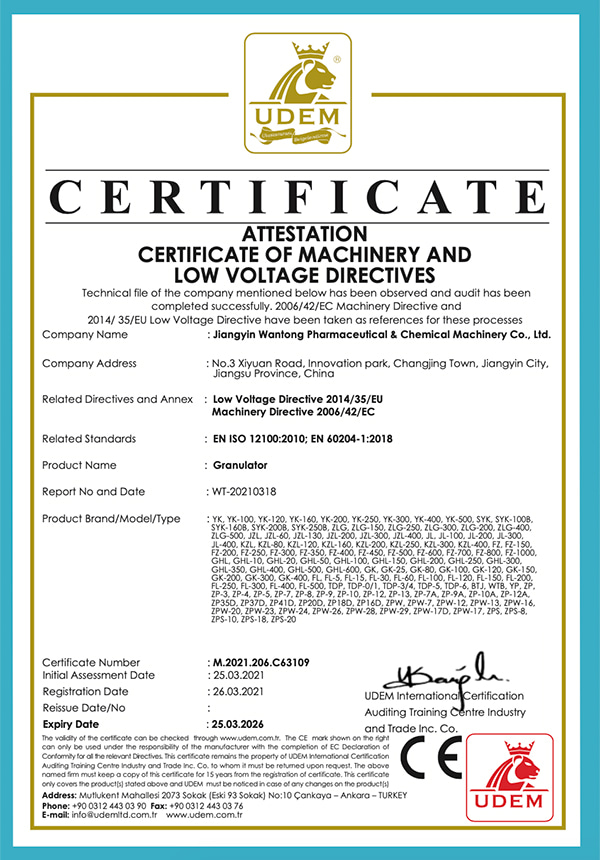Screw Conveyor Manufacturer
-


LS Food Granule Screw Conveyor
This machine can convey many different materials, like dry powder,such as coffee powder, wheat flour, condiment and it also fits for some sm... -

LS Stainless Steel Small Granules Spice Screw Conveyor Machine
Applications: Conveying dry powders like coffee, flour, and condiments -


LS customized spice screw conveyor machine
This spice screw conveyor machine can convey many different materials, like dry powder,such as coffee powder, wheat flour, condiment and it ...
This machine can convey many different materials, like dry powder,such as coffee powder, wheat flour, condiment and it also fits for some small batches. Combining with the packaging machine of our company, we can present you situation tracing with the above material. It can also be used separately. The whole machine are made of stainless steel of 304 except for the motor.

About Us
Honor
-
 Honor
Honor -
 CE
CE
News
-
Industry News 2025-12-12
How to Choose the Right Ribbon Blender for Powder and Granule Mixing Choosing a ribbon blender for ...
View More -
Industry News 2025-12-07
Introduction: The Versatile Workhorse of Size Reduction In the vast landscape of industrial processi...
View More -
Industry News 2025-11-24
The Importance of Efficient Mixing in Powder Processing In powder processing, achieving a uniform an...
View More -
Industry News 2025-11-18
A rapid mixer granulator is a high-shear wet granulation system widely adopted in pharmaceutical man...
View More
Industry Knowledge Expansion
How does a screw conveyor handle inclined or vertical conveying applications?
Screw conveyors are versatile and can be adapted to handle inclined or vertical conveying applications. Here's how they manage these types of conveying tasks:
Inclined Conveying:
Auger Design: The screw conveyor can be designed with a flighted auger that has flights (the ribbon-like structures along the screw) to carry the material up the incline.
Pitch Adjustment: The pitch (the distance from one thread to the next) of the screw can be adjusted to optimize the conveying of material up an incline. A higher pitch can help to lift the material more effectively.
Helical Flights: The flights can be designed to have a helical shape that wraps around the screw, providing a continuous spiral path for the material to move up the incline.
Vertical Conveying:
Screw Design: For vertical applications, the screw conveyor is often designed with a continuous, deep flight that provides a smooth, enclosed path for the material to rise vertically.
Supports and Bracing: Additional supports and bracing may be required to ensure the structural integrity of the conveyor when it is in a vertical position.
Material Flow Control: Special mechanisms may be used to control the flow of material into the vertical screw conveyor to prevent spillage or backflow.
Seals and Gaskets: Seals and gaskets can be used to create a seal between the trough and the screw, preventing material from leaking out, especially in vertical applications.
Drive Systems:
Power Requirements: Inclined and vertical conveying require more power to overcome gravity, so the drive system is designed to provide sufficient torque.
Gearboxes: A gearbox may be used to increase the torque output to the screw, allowing it to handle the increased load of inclined or vertical conveying.
Material Handling:
Friction and Cohesion: The properties of the material being conveyed, such as its angle of repose, friction, and cohesion, are considered to ensure the screw conveyor can handle the material effectively at an incline or vertically.
Loading Zone: The design of the loading zone is critical to ensure a smooth transition of material onto the screw and to prevent material from spilling out.
Trough Design:
Trough Shape: The trough (the tube or casing that surrounds the screw) can be designed with a specific shape and angle to guide the material effectively along the incline or vertically.
Diameter: The diameter of the trough can be adjusted to match the requirements of the vertical or inclined conveying application.
Safety and Control Systems:
Emergency Stops: Emergency stop mechanisms are important, especially in vertical conveying, to quickly halt the conveyor in case of a jam or other issues.
Monitoring Systems: Sensors and monitoring systems can be used to track the flow of material and detect any anomalies that could indicate a problem.



 Español
Español
